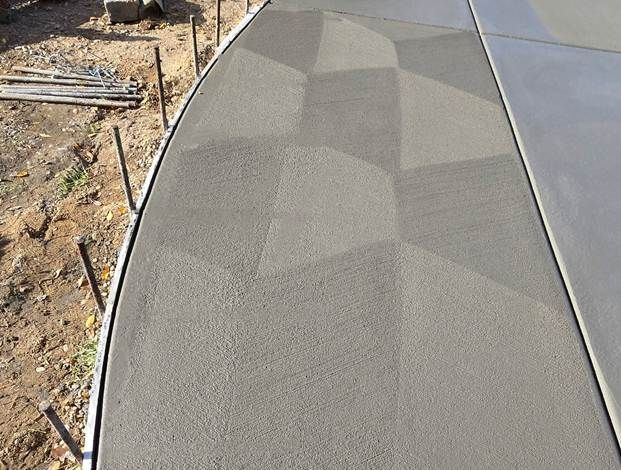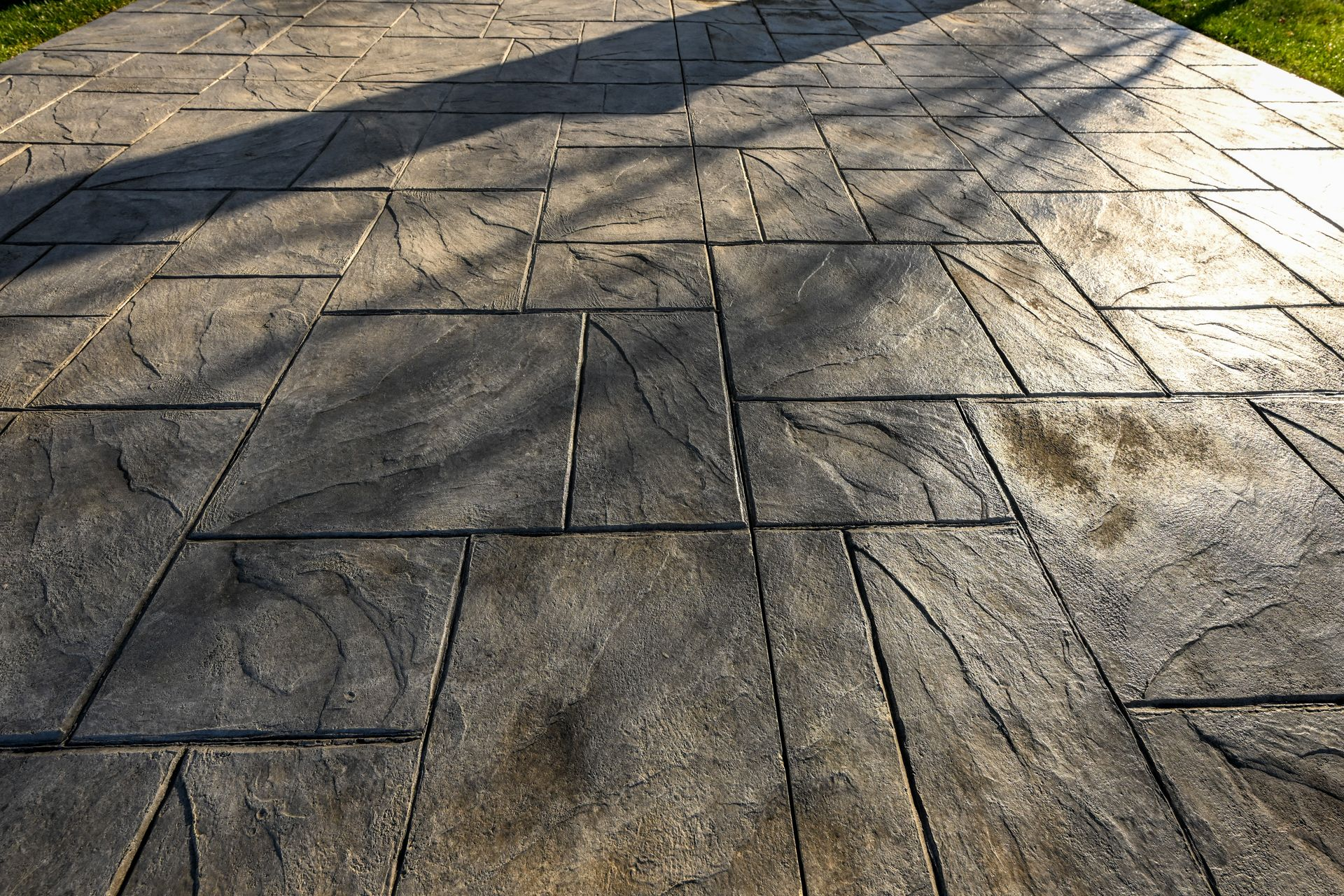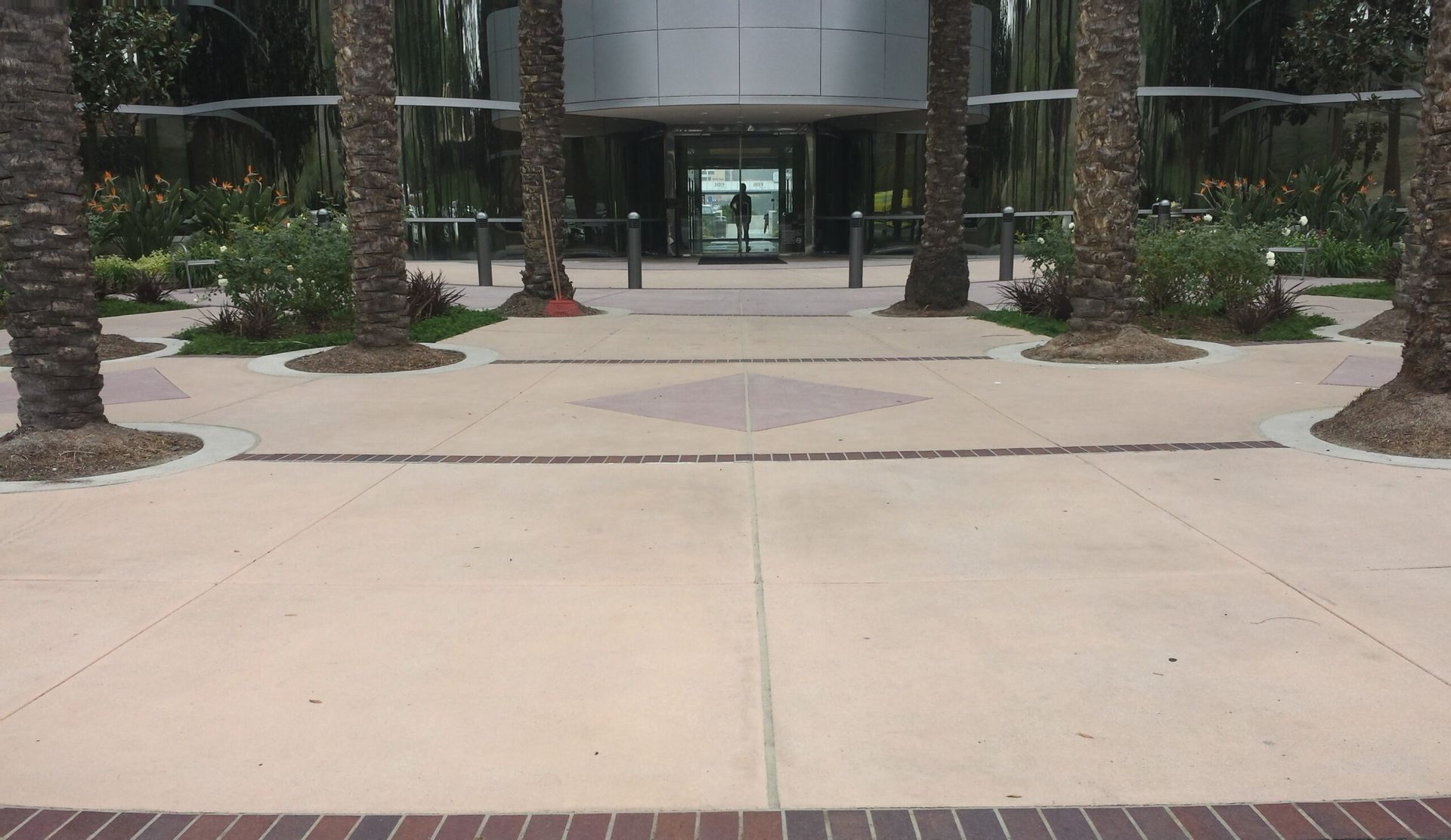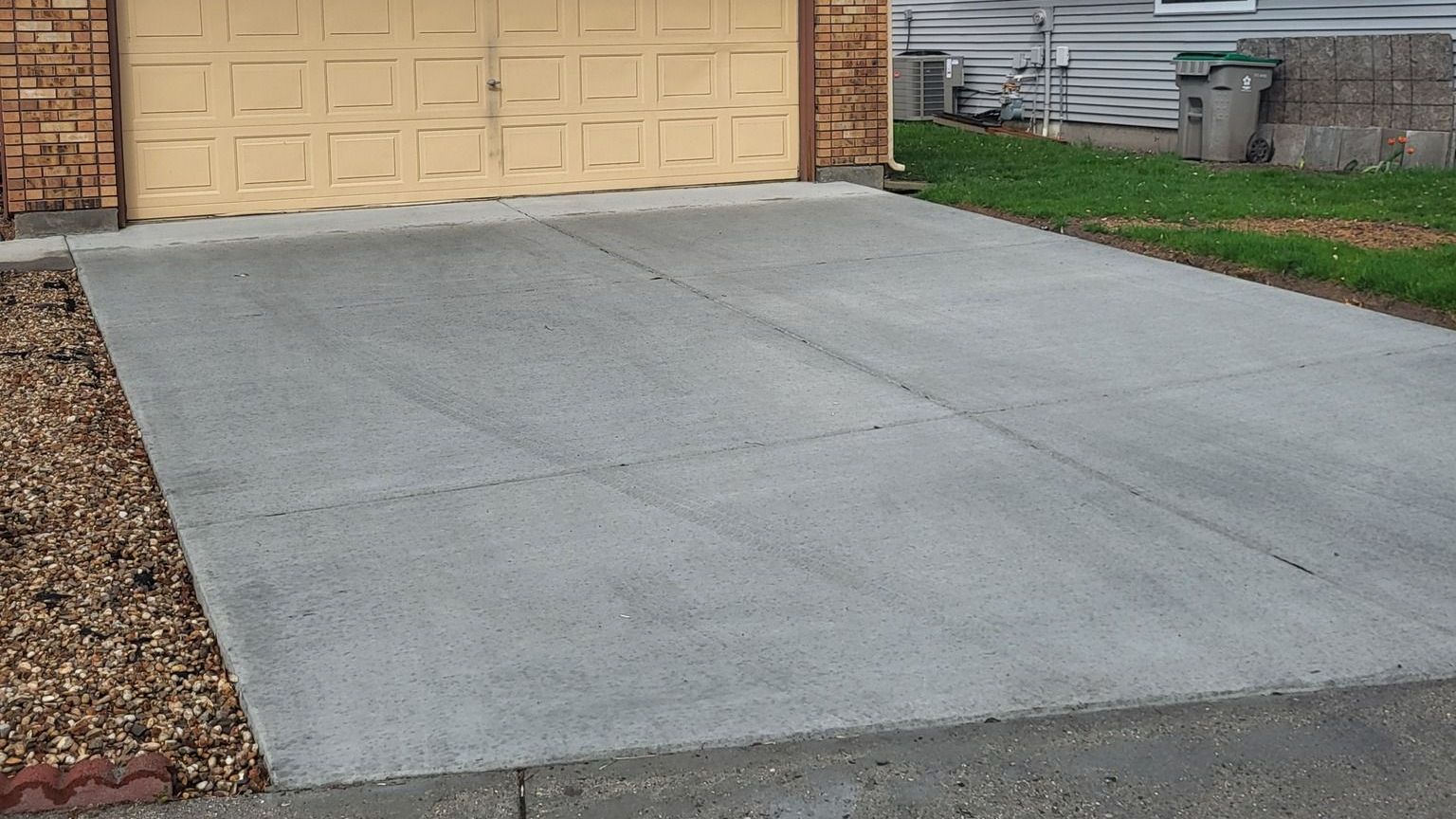Why This Upscale Fitness Center in Boise Switched to Concrete Floors—and Saved Thousands
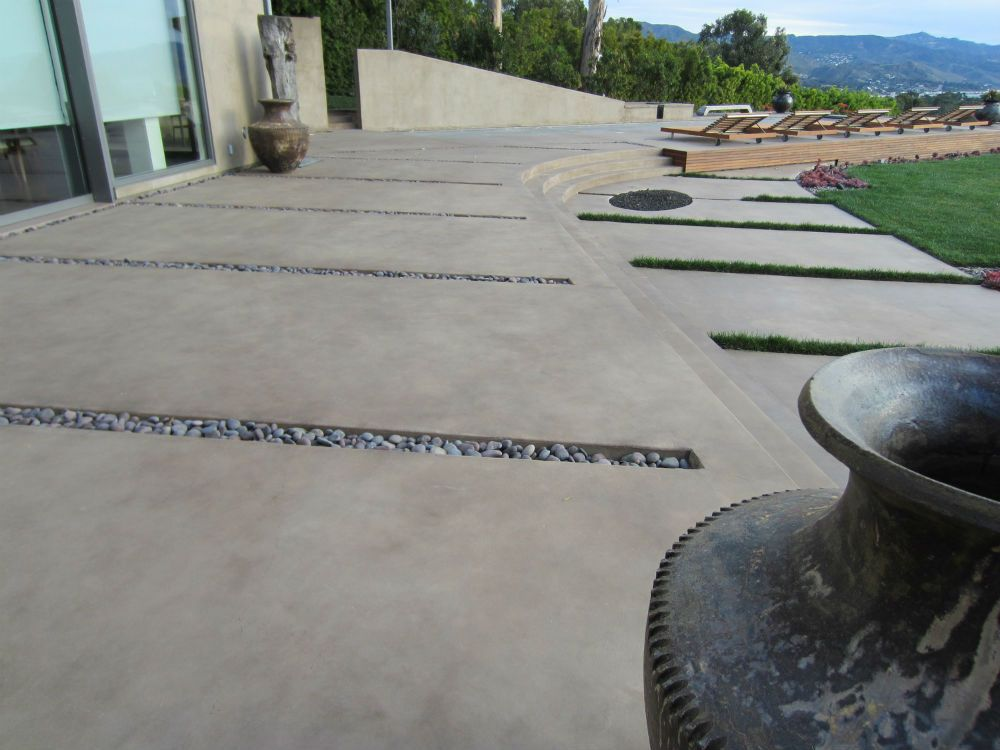
Flooring plays a major role in how fitness centers function, look, and stay clean. For one upscale gym in Boise, replacing their high-maintenance floors with concrete was more than just a design decision—it was a financial strategy. Within the first year, they cut cleaning costs, eliminated replacement cycles, and received positive feedback from both staff and members.
Here’s why concrete flooring made sense for their business—and why more Boise fitness centers are following suit.
The Problem with Traditional Gym Flooring
Many gyms rely on vinyl, rubber, or tile flooring. While these materials are standard, they come with hidden costs and performance issues.
Common Issues in Fitness Centers:
- Frequent damage from weights and equipment
- Odor retention in porous rubber or seams
- Labor-intensive cleaning of grout lines and seams
- High replacement costs every few years
The Boise gym’s original rubber tiles were showing wear within two years—cracked edges, curling seams, and deep scuff marks that made the space look dated.
Why Concrete Flooring Was the Right Fit
The owners contacted Waypoint Concrete, a Boise contractor specializing in commercial concrete floors, to find a long-term solution. The goal: install flooring that could handle impact, remain hygienic, and reduce ongoing costs.
Key Reasons They Switched:
- Durability: Concrete stands up to weights, foot traffic, and equipment movement without tearing or denting.
- Low Maintenance: No waxing, no sealing every year—just simple dust and wet mopping.
- Hygienic Surface: No seams or pores to trap sweat, odors, or bacteria.
- Modern Aesthetic: A polished matte finish created a sleek, high-end feel in line with the gym’s branding.
Cost Breakdown: Concrete vs Traditional Gym Flooring
Here’s how concrete compared to other common materials used in fitness centers in Boise:
| Flooring Type | Initial Cost per Sq Ft | Avg. Lifespan | Maintenance Cost (Annual) | Total 10-Year Cost (per 1,000 sq ft) |
|---|---|---|---|---|
| Polished Concrete | $5–$8 | 20+ years | $200–$400 | $7,000–$9,000 |
| Rubber Tiles | $8–$12 | 5–7 years | $500–$800 | $14,000–$18,000 |
| Vinyl Plank | $4–$7 | 7–10 years | $400–$600 | $10,000–$12,000 |
| Ceramic Tile | $6–$9 | 10–12 years | $600–$900 | $12,000–$14,000 |
Note: Numbers are based on typical Boise labor and material pricing for commercial fitness spaces. Polished concrete had the lowest total ownership cost over a 10-year span.
Feedback from Members and Staff
After switching to concrete, the gym received the following feedback:
- Staff: Reported easier cleaning routines, reduced odors, and faster equipment setup.
- Members: Complimented the clean, modern look and the improved air quality in weightlifting zones.
- Management: Noted fewer flooring repairs, zero trip hazards, and a noticeable drop in cleaning supply expenses.
The overall environment felt more open, brighter, and premium—matching the upscale feel the brand was targeting.
Where Concrete Flooring Works Best in Fitness Centers
Waypoint Concrete recommends polished concrete or sealed concrete floors in these key gym zones:
- Weight rooms: Resists damage from dropped weights
- Hallways and locker areas: Easy to clean and slip-resistant with proper finish
- Reception and smoothie bar areas: Sleek, durable, and easy to maintain
- Yoga or studio spaces: Pairs well with mats or movable flooring overlays
For areas where sound absorption is critical (like aerobics studios), concrete can be combined with acoustic panels or soft area rugs.
Conclusion: Long-Term Wins for Smart Gym Owners
For this Boise fitness center, switching to concrete flooring wasn’t just a design upgrade—it was a long-term investment. The space now looks cleaner, lasts longer, and saves money every month.
If you’re managing a gym or studio and want durable, modern, and cost-effective flooring,
Waypoint Concrete has you covered. Their team has helped fitness centers across Boise upgrade their spaces without breaking their budgets.
FAQ
Is concrete flooring safe for gyms?
Yes. With the right finish, it provides solid traction and won’t shift under heavy equipment like tiles or rubber mats.
Can weights damage concrete?
Polished or sealed concrete can handle impact from dropped weights better than vinyl or tile. Optional mats can be used in high-impact areas.
Is polished concrete slippery?
Not if properly treated. Anti-slip additives or matte finishes can be applied in high-traffic or moisture-prone zones.
Does concrete require resealing or waxing?
Polished concrete does not require waxing. It may need resealing every 7–10 years depending on usage.
How long does it take to install concrete floors in a gym?
Most installations take 3–5 days depending on square footage and whether the slab needs patching or prep.
